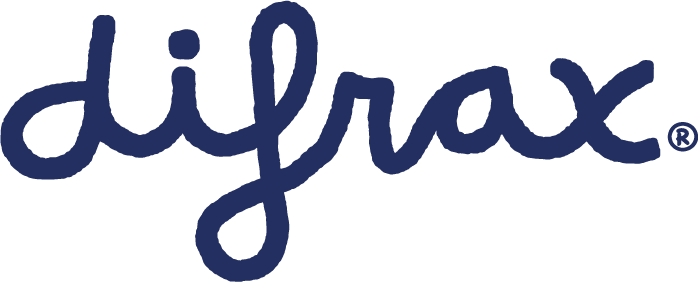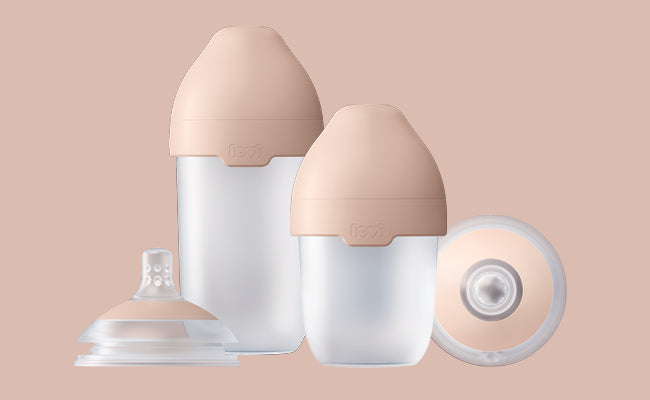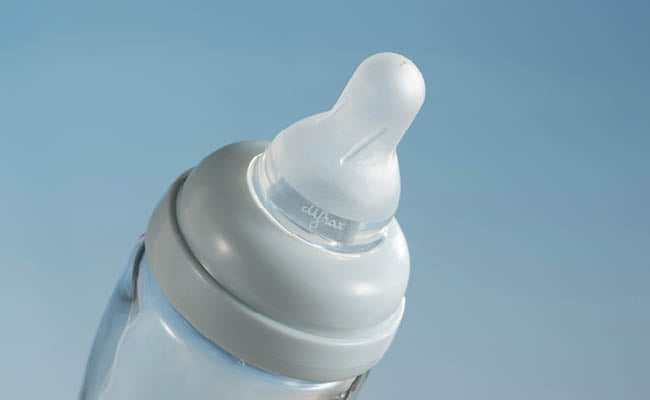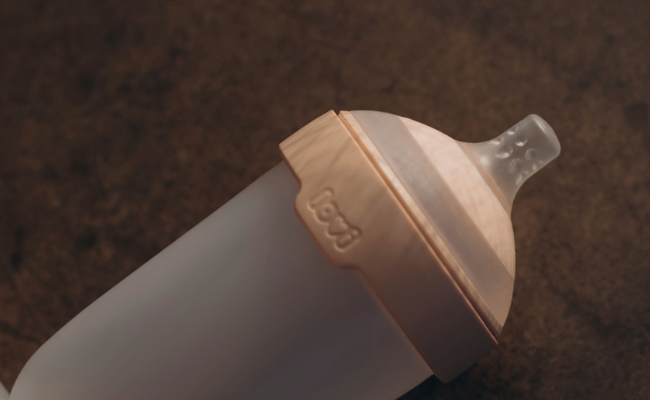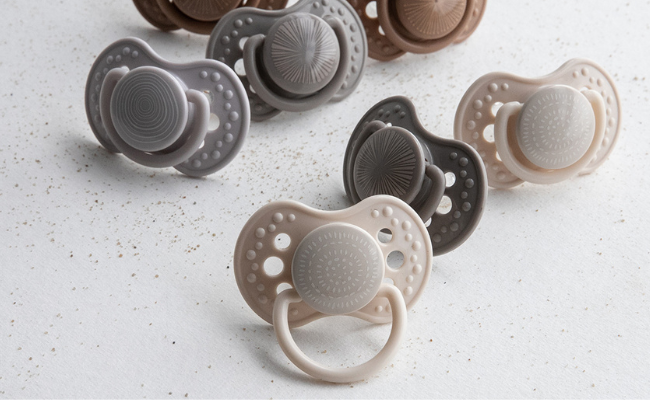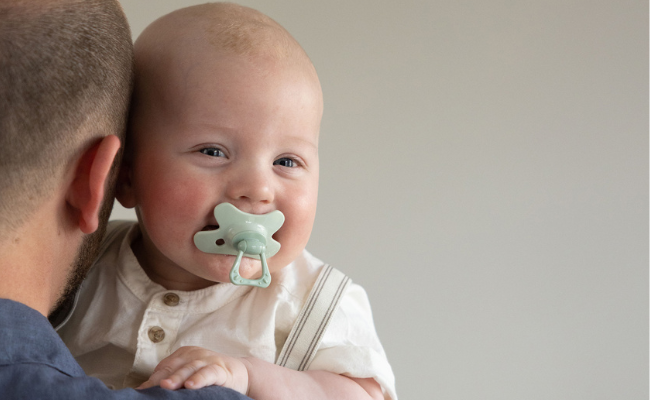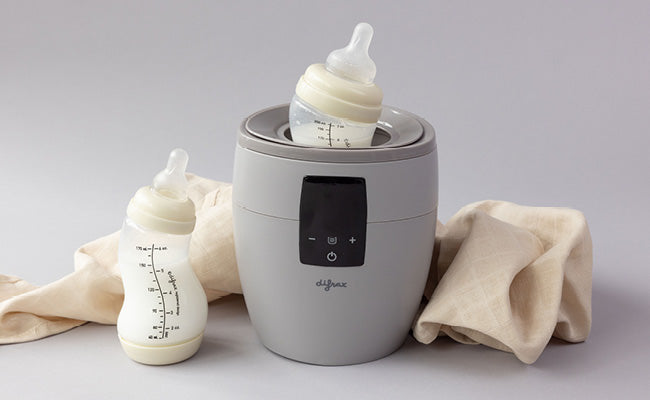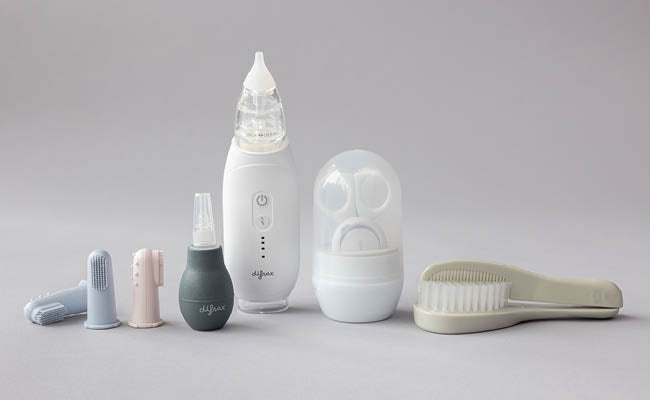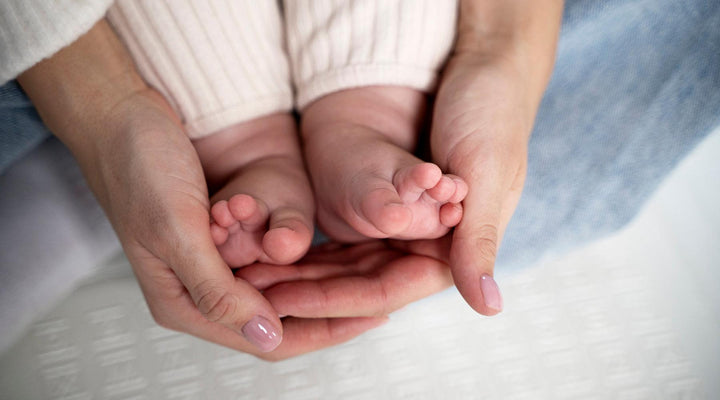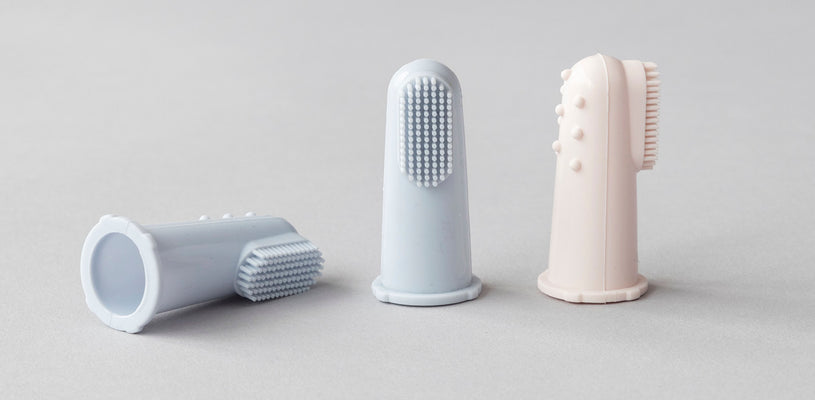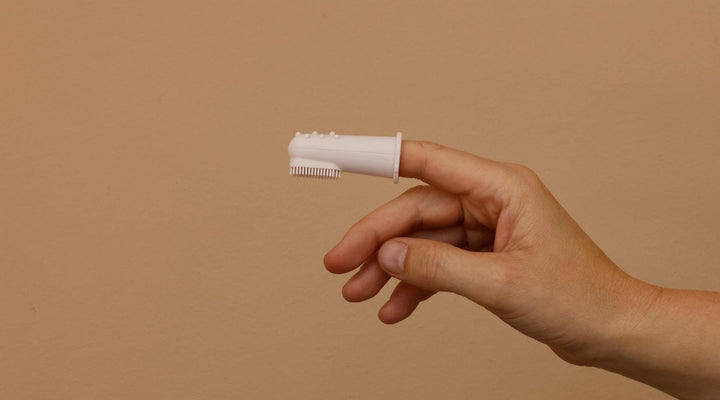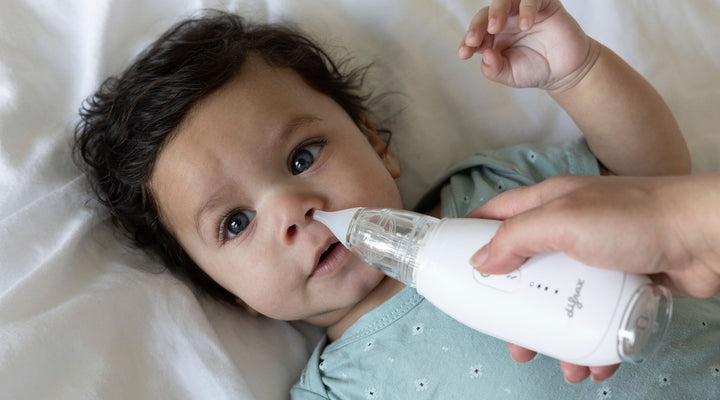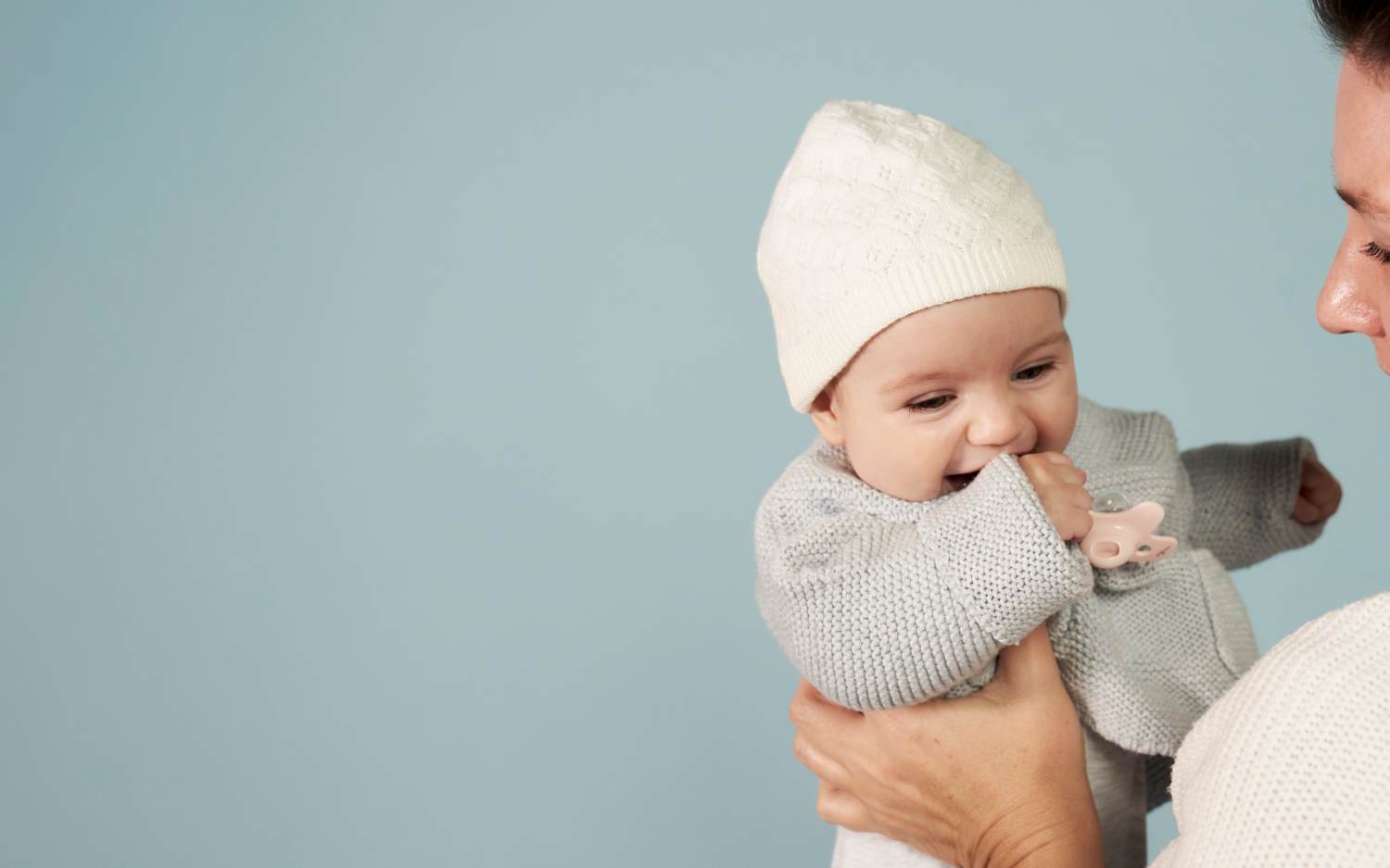
Sterilising treats: Tips and tricks for hygienic cleaning
As a parent, you don’t want to leave anything to chance when it comes to your baby’s health. Sterilising teats and baby bottles is a crucial step in ensuring your baby can use these products safely. In this article, we discuss why cleaning teats is so important and share useful tips. The most common cleaning methods are: cleaning with dishwashing liquid, boiling (in a pan of boiling water), or using a microwave steriliser or bottle warmer. We give you insight into how these methods work and we discuss the advantages and disadvantages. Finally, we answer some frequently asked questions from parents about cleaning pacifiers.
Why is it important to sterilise teats?
Babies have a vulnerable immune system that is still developing. This makes babies particularly susceptible to bacteria and germs that can build up on teats and bottles, even after thorough washing. Sterilising baby products helps kill harmful micro-organisms and reduces the risk of infections and diseases in your baby. We recommend you continue sterilising baby products such as teats and bottles until your baby is a few months old.
Methods of sterilising teats and bottles
There are several methods to sterilise teats and bottles, but the most commonly used and effective methods are: boiling with boiling water and using a microwave steriliser.
First clean thoroughly with dishwashing liquid:
-
Rinse the teat well with warm water.
-
Wash the teat with a mild dishwashing liquid. This has been specially developed for baby products.
-
For bottle teats, the small brush in the bottle brush can be used to thoroughly clean the inside of the teat.
-
Rinse well with warm running water.
Ready? You can now boil or sterilise the teats using the microwave steriliser. We recommend doing this deep cleaning regularly.
Boiling (in boiling water)
The boiling method is a simple and affordable way to ensure products are sterilised thoroughly. You can boil in four simple steps:
- Make sure the teats and bottles are properly cleaned.
- Bring a large pan of water to the boil. Make sure the pan is large enough to completely submerge all the products.
- Carefully place the teats and bottles into the boiling water. Ensure they can be fully submerged.
- Boil the products for at least 5 minutes.
Advantages:
- Boiling is easy.
- The method does not require any special equipment.
- Very effective for killing harmful micro-organisms.
Disadvantages:
- Requires attention and supervision while boiling.
- It may take some time to bring water to the boil and to boil the products
Sterilisation with a Microwave Steriliser
A microwave steriliser is a specially designed device that can quickly and efficiently sterilise teats and bottles using steam. A microwave steriliser usually consists of a container with a lid and a rack on which you can place baby bottles and other products. Water is added to the container, and the heat of the microwave converts the water to steam. The steam rises and kills the bacteria and other pathogens present. A step-by-step guide how to use a microwave steriliser:
- Place the cleaned teats and bottles in the steriliser. To put the products properly in place, use the various storage components such as an inner rack.
- Follow the manufacturer’s instructions to add the recommended amount of water.
- Place the steriliser in the microwave and set the correct time according to the instructions.
- Note: Make sure you carefully remove the products from the steriliser. They will still feel hot.
Advantages:
- This method is quick and easy. Most microwave sterilisers do their job within minutes.
- Effective in destroying germs.
- Requires less supervision compared to boiling.
Disadvantages:
- Costs, you need to purchase a microwave steriliser.
- Not all materials are suitable for microwave sterilisation. Check first whether the teats and bottles you have at home are suitable for this.
Did you know: you can also clean teats with the Difrax bottle warmer? The hot mode of the device makes it possible to steam clean both bottles and individual parts.
FAQ
How often should I sterilise teats and bottles?
We recommend sterilising daily until your child is 6 months old. Once your child gets older and his/her immune system becomes stronger, you can reduce the frequency. It is advisable to sterilise baby products regularly, after your child has had a cold or been ill for example.
Until what age is it recommended to sterilise bottles and teats?
It is best to sterilise bottles and teats until your baby is about one year old. The risk of infections is highest in the first six months when your child’s immune system is still developing. As your child gets older and comes into more contact with the environment, the immune system gradually develops. It is still important to clean baby products regularly to ensure your child’s health.
Do bottle brushes also need to be sterilised?
Bottle brushes must be cleaned regularly. For daily use, it is sufficient to clean them thoroughly with warm water and dishwashing liquid. It is important to let them dry thoroughly after each use to prevent bacteria. You can also sterilise bottle brushes regularly, especially if they are used to clean baby bottles. This helps kill bacteria and other harmful micro-organisms and maintain hygiene. Sterilise the brush according to the manufacturer’s recommendations or boil it in boiling water for several minutes.
In short: sterilising teats and baby bottles is crucial to protect your baby’s health and minimise disease risks. Whether you choose the simplicity of boiling or the convenience of a microwave steriliser (or bottle warmer): all these methods are effective in killing harmful micro-organisms. Regular sterilisation ensures your little one stays safe and healthy during those important first months of his/her life.
